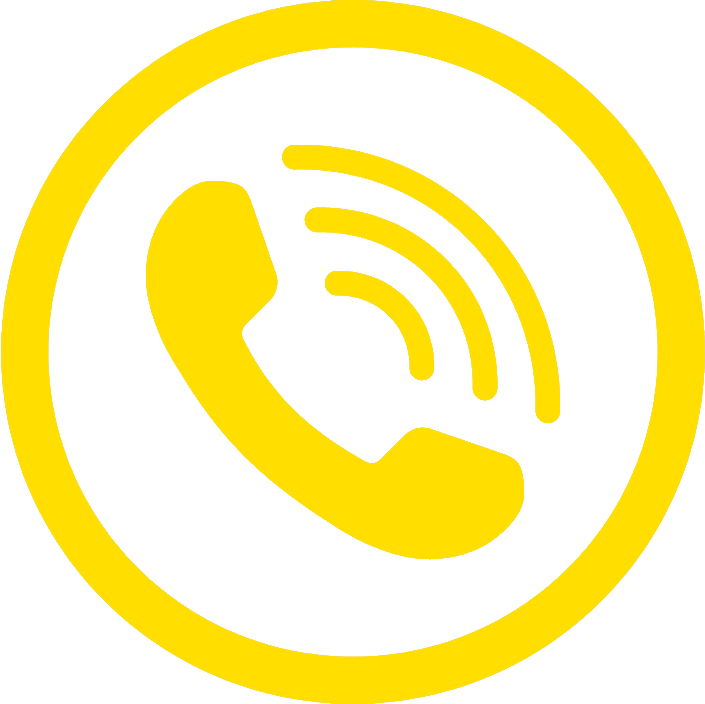Quan's Blog, Strength and Conditioning, Training Tips
Why Martial Artists shouldn’t train like power lifters
In a previous post I talked about why it is important for martial artists to do regular strength training and in my last post, I wrote about why martial artists shouldn’t train like body builders. In this post I will be covering why martial artists shouldn’t be training like power lifters.
▪️What is powerlifting?
Power lifting is a sport where the goal is to lift as much weight as possible in three main lifts – back squat, bench press and deadlift.
To this end, power lifters use huge amounts of weight in their training routine.
◾️Why shouldn’t a martial artist train like a power lifter?
As mentioned in previous posts, while it is important for martial artists to lift weights for injury prevention and strength and power development, lifting weights should be a supplement to the main focus of their training – technical and tactical martial arts training.
The limited time (as a guide 60-120 min per week) that should be devoted to strength and conditioning training means that you should try to maximise the attributes being developed during these sessions.
For example, when picking strengthening exercises for martial artists I like to pick unilateral exercises when practical.
Unilateral exercises are one that you perform one side of the body first and then the other side.
The benefit of doing unilateral exercise is that in addition to a strength gain, you also get gains in balance and coordination – attributes that are very important in martial arts.
◾️Unilateral strength training is also very functional for martial arts.
Think about your martial arts techniques.
Almost all of them are asymmetrical – you stand and strike with one side of your body doing different things to the other side of your body. The same applies to wrestling and grappling techniques.
◾️Unilateral strength training can be better for your back.
Your spine is a very strong and resilient structure, but even the strongest structures have their limits.
Putting large amounts of weight on top of your shoulders, as when performing a back squat, can place tremendous stress on the spine in general, but especially the lower back.
As a physiotherapist, I’ve treated countless lower back injuries over the years. I believe that anything that you can do to avoid undue stress on the lower back is a smart move.
For this reason, I recommend that people do split squats or rear-foot elevated split squats instead of the traditional barbell back squat.
These exercises still blast the legs but because they are unilateral exercises you simply cannot use as much weight and the weight doesn’t load the top of your spine.
◾️TAKE AWAY MESSAGE:
✅ Avoid training like a power lifter to maximise attribute development.
✅ Unilateral strength exercises are generally more functional for martial arts performance and place much less stress on your spine.
My next post will be covering how to vary the intensity of your training sessions to maximise recovery and performance for martial arts.
 enquiries@acsamelbourne.com.au
enquiries@acsamelbourne.com.au 1800736888
1800736888 +61418638273
+61418638273

About Australian Combat Sports Academy
Australian Combat Sports Academy is Melbourne’s #1 destination for Muay Thai, Brazilian Jiu Jitsu and Mixed Martial Arts (MMA). Get started and book a free tour today!